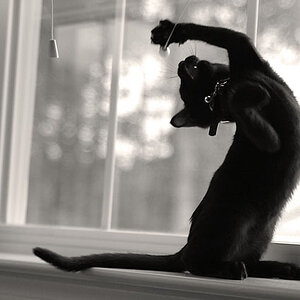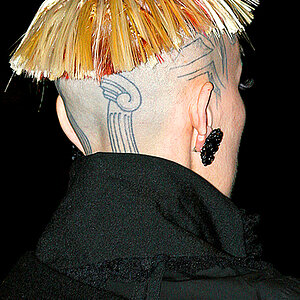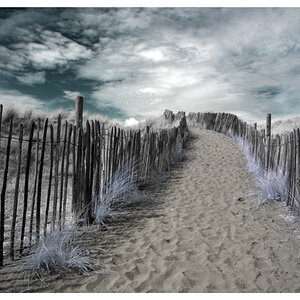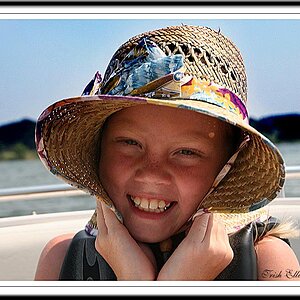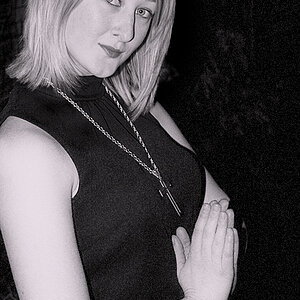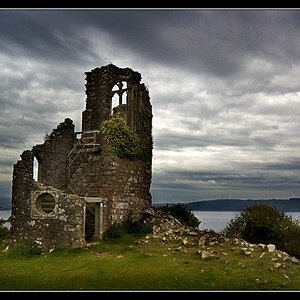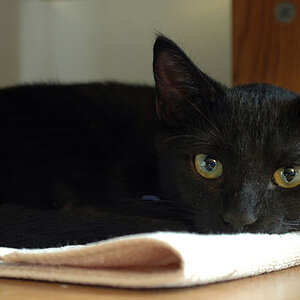Actor
TPF Noob!
- Joined
- Mar 4, 2007
- Messages
- 421
- Reaction score
- 1
- Location
- Ohio
- Can others edit my Photos
- Photos NOT OK to edit
Is there some kind of metric for rating lenses? I.e., some kind of number, or set of numbers, that one could point to and say "this lens is better than that lens?" Like how sharp it can focus, or how bad its chromatic aberration is?



